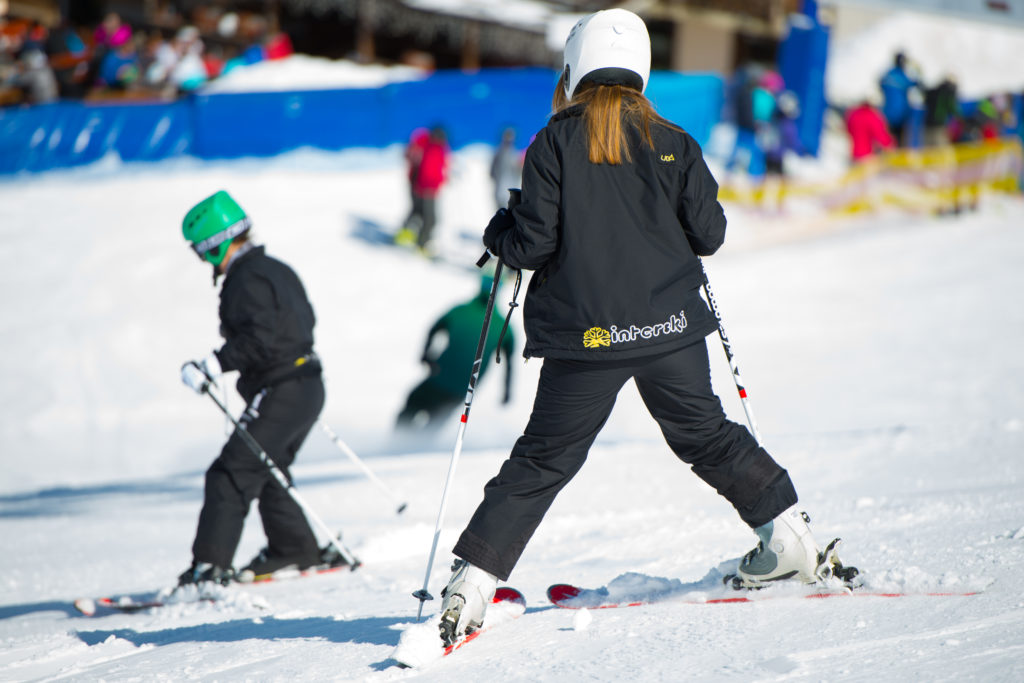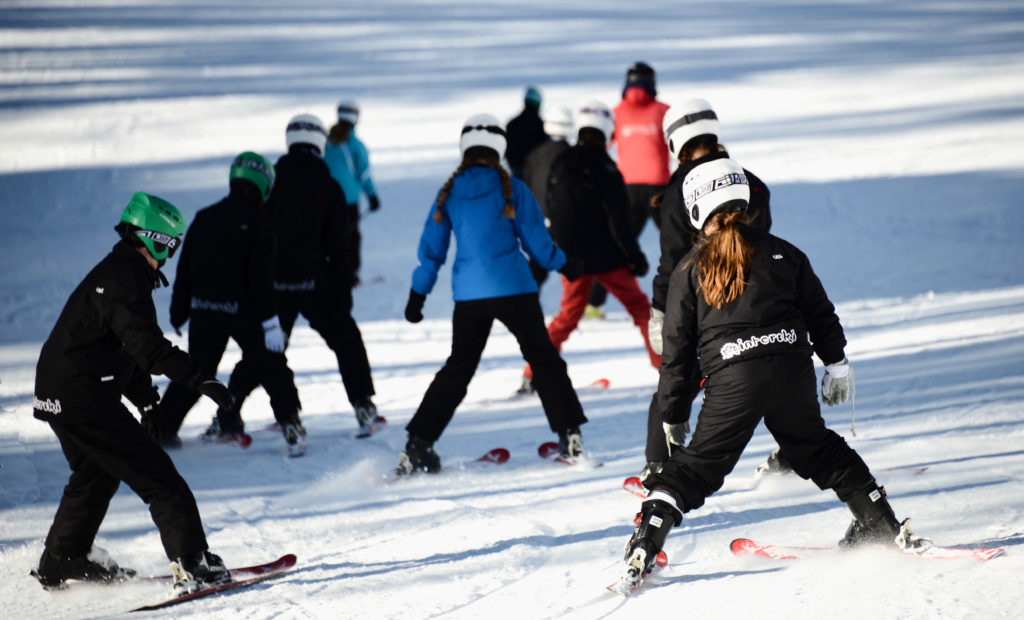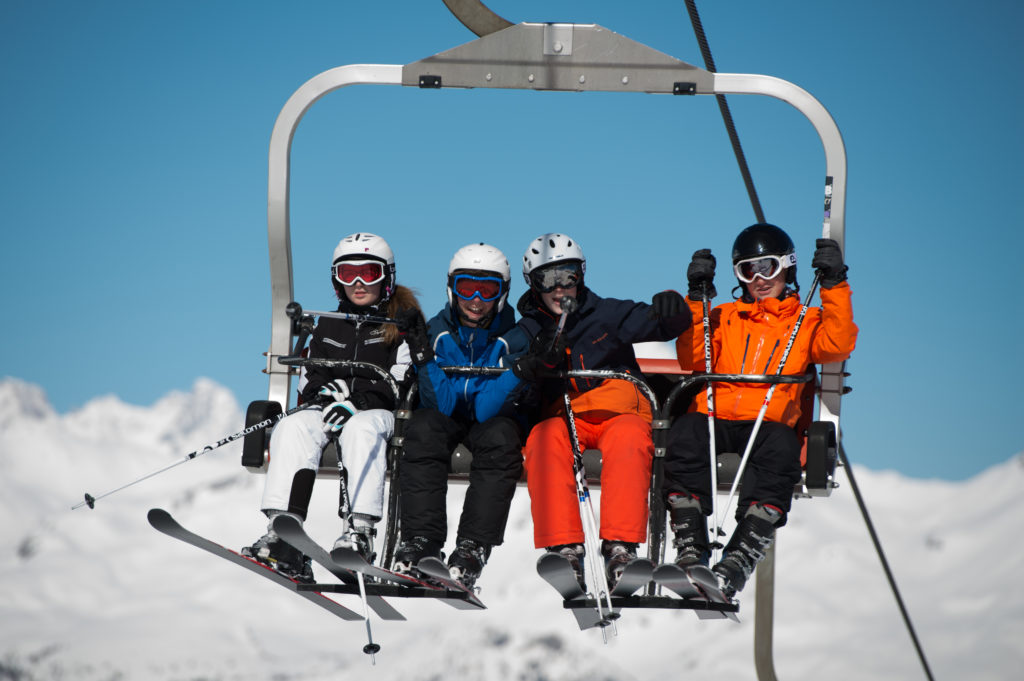What makes a good resort for school skiing?
-
March 30, 2020
Booking a school ski trip can be a daunting prospect with a myriad of choices for countries and resorts. Here at Interski, as we have over 35 years’ experience of organising school ski trips, we’ve asked one of our knowledgeable staff members to answer the question; ‘what makes a good resort for your school ski trip?’
Ability Level
Your first criteria should be the age range and ability levels of your students. If you have mainly beginners, it’s sensible to look for resorts with an easier terrain that offer good progression. However, for more experienced skiers, you may prefer a resort that boasts more variety, with more difficult runs, and perhaps a terrain park. A quick and easy way to check is to look at the number of green, blue, red and black runs within the resort. This will provide you with a very clear indication of the suitability for your group in that resort. This should easily be found either on the resort website or the website and brochure of the tour operator.
Size of Resort
You may find your group easier to manage in a smaller resort. Should you wish to meet your groups for lunch or at the end of the day, the smaller resorts have the advantage in that it is far simpler to find them. Likewise, it is a lot easier if you wish to find them on the mountain so you can check on their progress or just want to spend some time skiing with them.
Ski School
Ski school is a fundamental part of the trip and needs to be right. It is always a good idea to do a little research on the ski school offered. Is there a good ski school with English speaking instructors so that there are no language barrier for the students, meaning that they will get the most out of their week on the snow? It is worth asking if the tour operator has their own ski school, staffed by British BASI qualified instructors or whether they use the local ski schools.
Altitude
The resort that you pick should be snowsure, ie, high altitude with a good snow record especially at the beginning and end of the season, this should be on the tour operator’s website, if not, a quick google search should find this for you. You may also want to check with the tour operator if they have contingency plans in the event that the resort is closed due to lack of snow. Likewise, does the resort have state of the art snowmaking facilities?
Age of Lifts
The standard of the lifts may also be a consideration as some countries have older lifts with a higher percentage of drag lifts and slower chair lifts. This is a little tougher to find out, you can check the resort website but generally as a rule of thumb, the cheaper, lesser known resorts have older lifts as they have generally been purchased second-hand from the more affluent resorts when they upgrade their own systems. They will of course have passed safety standards, but remember, the more time spent on a lift means less time skiing!
Distance from the UK
You may wish to consider the travelling distance to the resort from the UK – you can travel to Europe by coach or air. Air has the obvious advantage of being quicker but don’t rule out coach travel. It is not only considerably cheaper it has the advantage that it is a lot easier to keep track of students in a coach rather than a busy airport. You could also choose a long-haul destination by air but don’t forget that long distances by air may mean jet lag on the trip and on the return.
And, Finally…
For many of your students, this may be their first time on the slopes and, although an exciting adventure, a smaller resort will be less intimidating and may keep your costs down. If you have used a specific ski resort before and it worked well, why change it? There’s truth in the old saying, if it ain’t broke, don’t fix it!





Sarah McIntosh